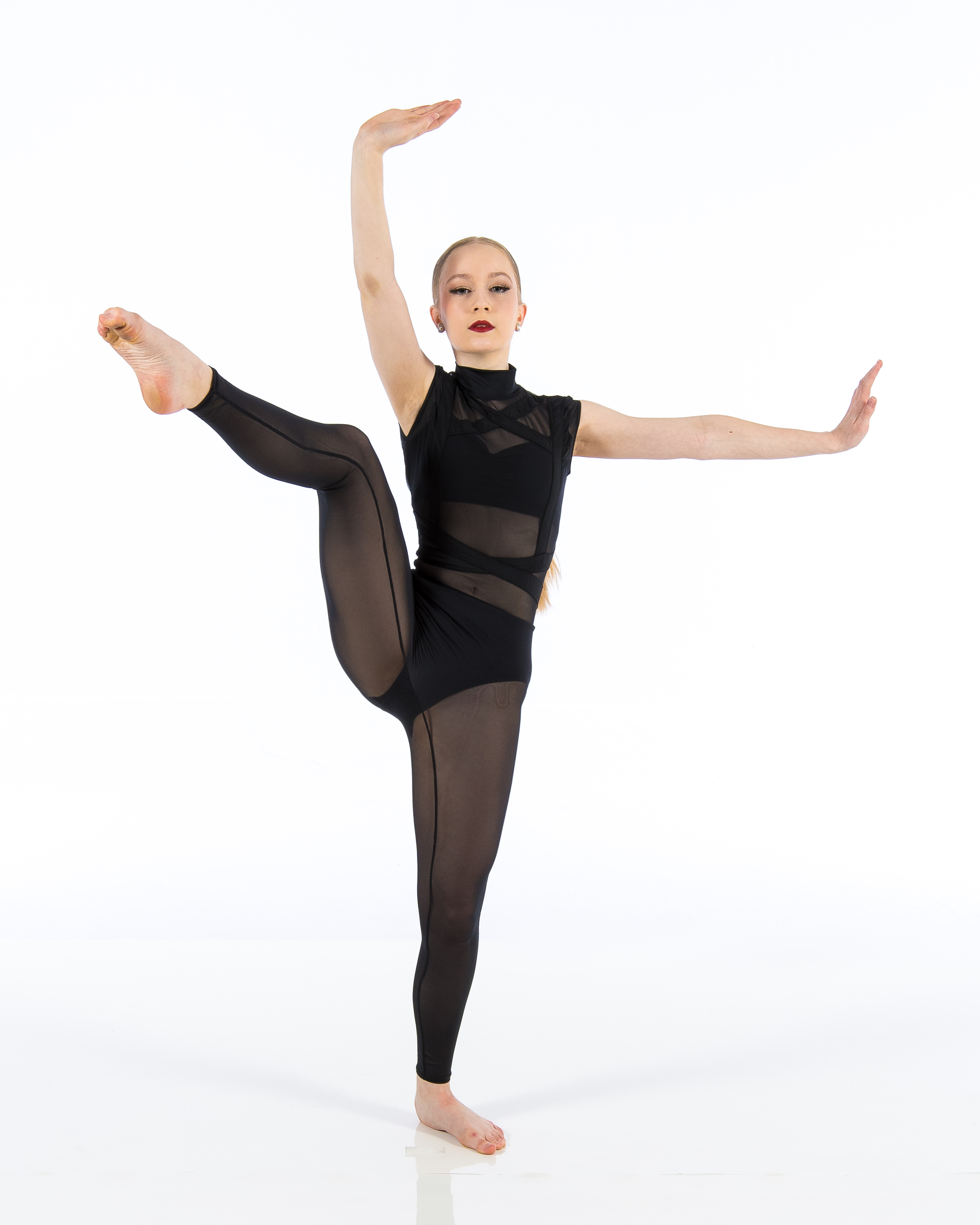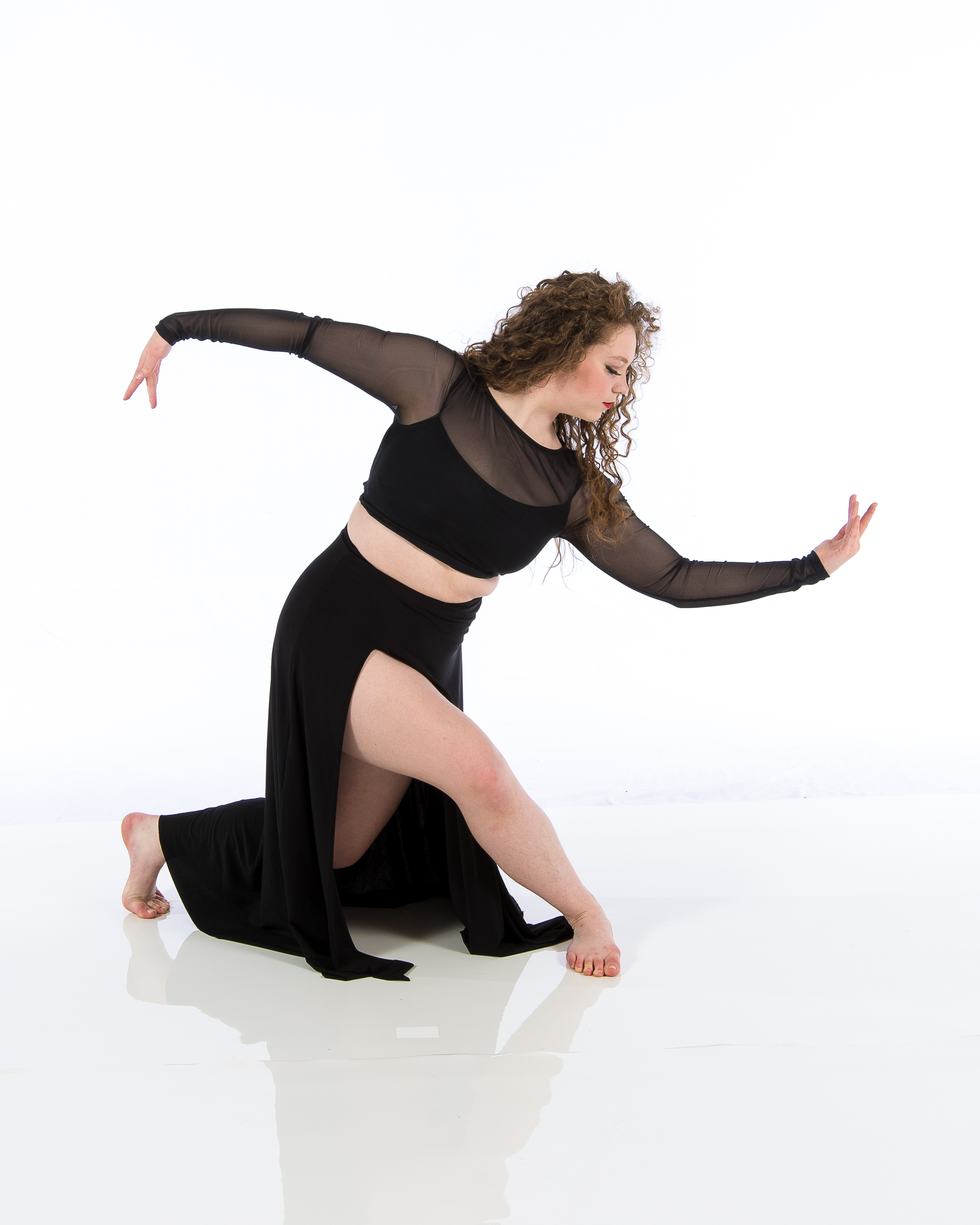Introduction
Dancing isn't just an art form; it's an intricate tapestry woven with passion, perseverance, and hard work. Every dancer’s journey is unique, filled with training, trials, and triumphs that shape not only their skills but also their character. In this article, we delve into Training, Trials, Triumphs: A Day in the Life of a Dancer, exploring the rigorous routines at a dance academy and the emotional rollercoaster that dancers ride daily.
Training: The Foundation of a Dancer's Career
The Importance of Formal Training in Dance
Training is the bedrock upon which all successful dancers build their careers. Whether it’s ballet, jazz, hip-hop, or contemporary styles, structured training helps dancers develop essential skills.
A Typical Day at Dance Academy
What does a typical day look like at a dance academy?
- Morning Warm-Up: Most dancers start their day early with warm-up exercises that prepare their bodies for intensive dancing. Technique Classes: Following warm-ups, technique classes focus on improving specific skills such as turns, jumps, and footwork. Choreography Sessions: After mastering techniques, dancers often spend time learning new choreographies.
Nutritional Needs for Dancers
To fuel such demanding routines, nutrition plays a crucial role. What should dancers eat?

- Balanced Meals: Incorporate proteins for muscle repair and carbohydrates for energy. Hydration: Staying hydrated is vital to maintain peak performance levels.
Mental Preparation in Dance Training
Dancers must also prepare mentally. How do they achieve this?
- Visualization Techniques: Many dancers visualize their performances to enhance focus. Mindfulness Practices: Breathing exercises and meditation can help reduce anxiety.
Trials: Overcoming Challenges in Dance
Injuries and Setbacks
Injuries are an unfortunate reality for many dancers. How do they cope?
- Physical Therapy: Many seek physical therapy to recover from injuries effectively. Mental Resilience: Developing mental toughness can be just as important as physical recovery.
Balancing Life and Dance
How do dancers manage time between personal life and rigorous training schedules?
- Time Management Skills: Efficiently scheduling classes alongside school or work commitments is essential. Support Systems: Relying on friends and family for support can make juggling responsibilities easier.
Navigating Competitive Auditions
Auditions can be nerve-wracking experiences. What should dancers keep in mind?
- Preparation is Key: Practicing ahead of time increases confidence levels. Feedback Acceptance: Learning to accept constructive criticism helps improve future performances.
Triumphs: Celebrating Achievements in Dance
Performances as Milestones
Nothing compares to the thrill of performing on stage. What makes these moments special for dancers?

Performing before an audience allows dancers to showcase their hard work:
The adrenaline rush The applause from the audience The satisfaction of executing well-rehearsed choreographyCompetitions and Recognition
Competing at various levels brings recognition:
- Winning competitions can boost confidence. Earning scholarships or contracts from prestigious dance academies is a significant achievement.
Personal Growth Through Dance
Dance fosters personal growth in numerous ways:
- Increased self-discipline Enhanced creativity Building lifelong friendships
A Comprehensive Schedule of a Dancer's Day
| Time | Activity | Notes | |--------------|---------------------------------|-------------------------------------| | 7 AM | Morning Stretch & Warm-Up | Essential to prevent injuries | | 8 AM | Technique Class | Focus on form and execution | | 10 AM | Choreography Learning | New pieces are introduced | | 12 PM | Lunch Break | Important for recovery | | 1 PM | Rehearsal | Final rehearsals before performances| | 4 PM | Feedback Session | Constructive criticism helps growth | | 6 PM | Evening Classes | Advanced techniques or improvisation|
Training Methods at Different Types of Dance Academies
Ballet Academy Training
Ballet demands precision:
Daily barre exercises Emphasis on posture Rigorous pointe workContemporary Dance Approach
Contemporary academies offer more flexibility:
Focus on improvisation Blend various styles Foster creativity through freedomHip-Hop Culture in Dance Academies
Hip-hop reflects urban culture:
Street-style influence Emphasis on rhythm and beats Community-oriented classesFAQs About Being a Dancer
Q1: What are the age requirements for dance academies?
Most dance academies welcome students from age three up to adulthood! It varies by institution but usually has beginner classes suitable for all ages.
Q2: How long does it take to become proficient in dance?
With consistent practice and dedication, one can expect to see significant progress within six months to two years!
Q3: Are there scholarships available for aspiring dancers?
Yes! Many prestigious academies offer scholarships based on talent or financial need—always check with individual institutions.
Q4: What styles of dance are commonly taught at dance academies?
Common styles include ballet, jazz, contemporary, hip-hop, tap dance—many schools even offer fusion styles!
Q5: Do I need prior experience to join a dance academy?
No prior experience is necessary! Most academies have beginner programs designed specifically for newcomers.
Q6: Can adult learners enroll in dance academies?
Absolutely! Many academies offer adult classes focusing on fitness or recreational enjoyment—it's never too late to start dancing!
Conclusion
The journey through the world of dance Dance Studio https://www.dotyperformance.com https://www.dotyperformance.com/staff is thrilling yet challenging—a blend of training rigorously at a dance academy while overcoming trials that shape us into resilient individuals ready to celebrate triumphs big and small along the way. In understanding “Training, Trials, Triumphs: A Day in the Life of a Dancer,” we gain insight into not only what it takes to excel but also how deeply this art form connects us with our emotions and each other.
Every dancer walks this path differently; however, one universal truth remains—the love for movement fuels us all through every trial until we reach our ultimate triumphs! So whether you're an aspiring dancer or simply enjoy watching from afar—embrace this beautiful art form—it’s more than just steps; it's life itself!